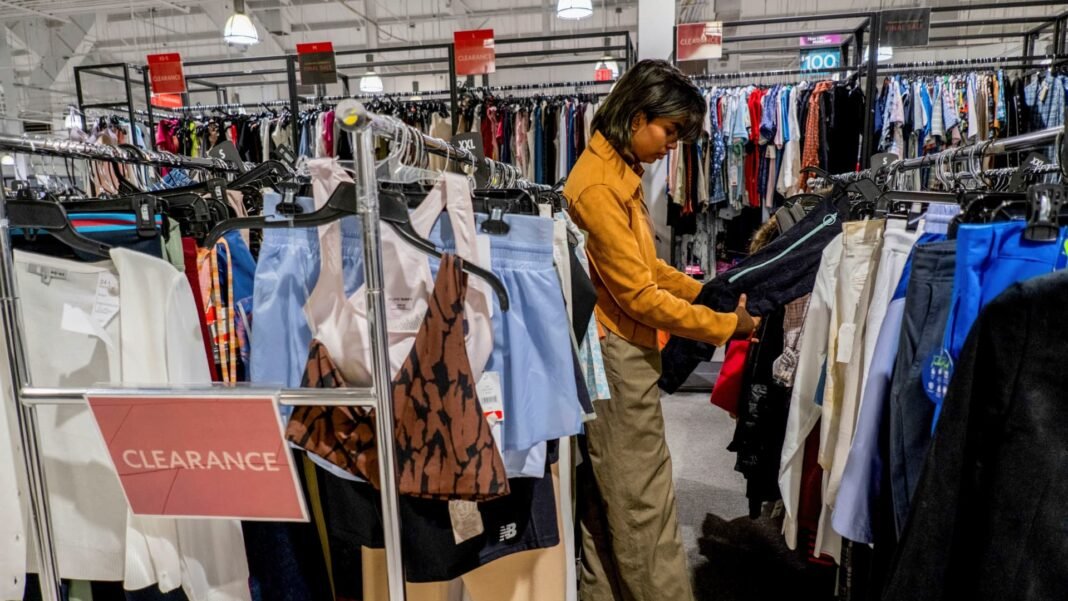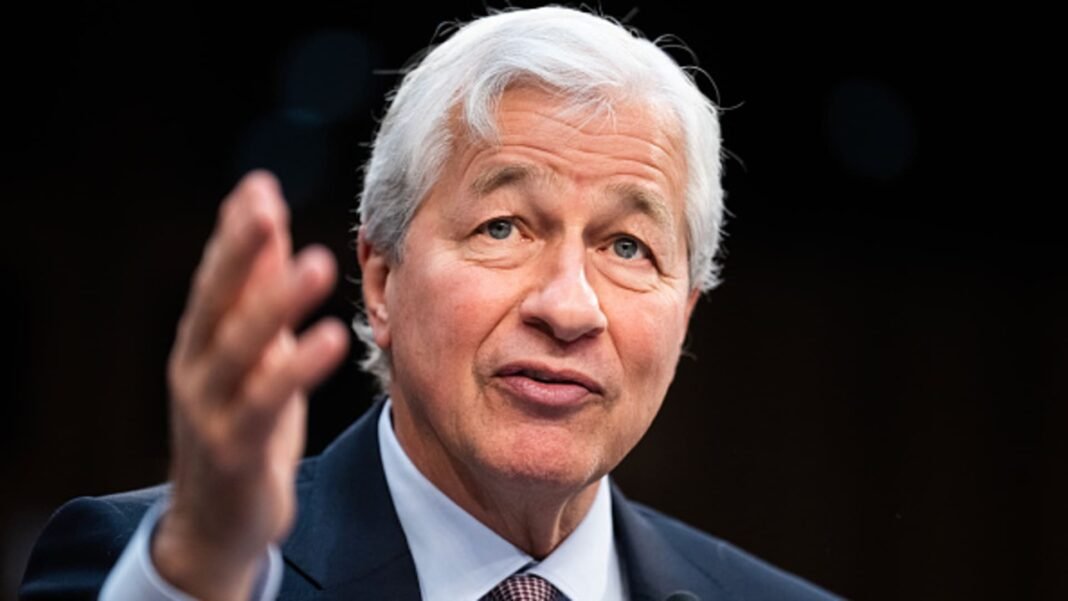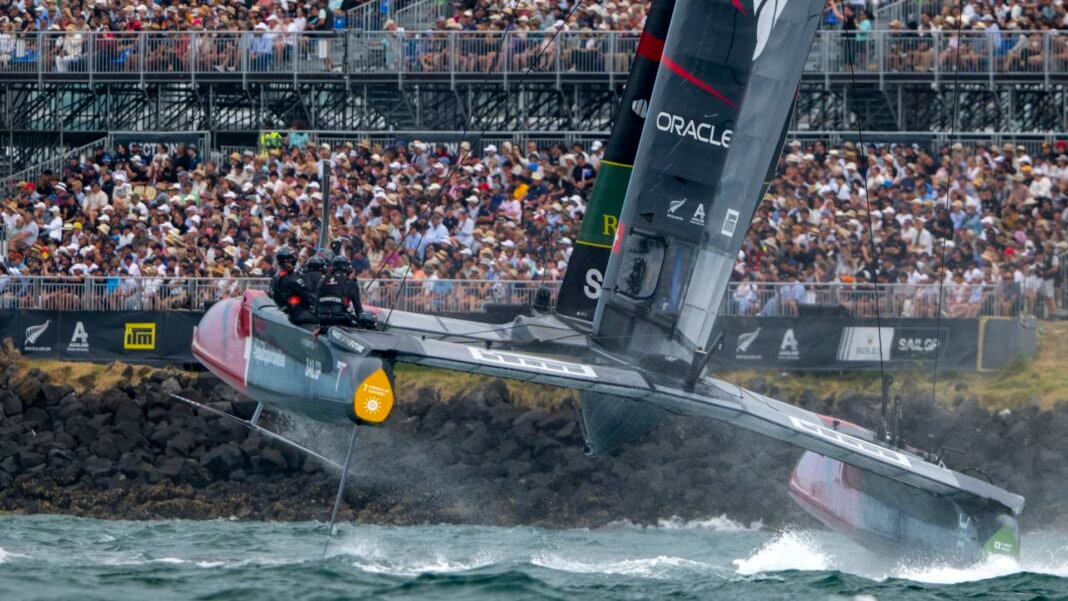Tariffs and Their Transformative Impact on Retail Pricing in 2025
With tariffs increasingly shaping international commerce, shoppers are noticing higher prices at retail outlets. Across multiple industries, prominent retailers have begun revising their pricing models to offset the escalating expenses caused by import tariffs.
How Tariffs Are Driving Up Consumer Costs
Financial disclosures from top retailers indicate a widespread move toward price hikes or plans to implement them soon. This pattern is evident among grocery chains and consumer product leaders like Costco, Best Buy, Walmart, and Target. Thes companies face the challenge of preserving profit margins while remaining attractive to budget-conscious customers.
The volatile nature of U.S. trade regulations has made supply chain management more complex for these businesses. Some openly link their price adjustments to tariff-related costs and identify key countries contributing considerably to their supply networks. others use broader terms such as “economic uncertainty” or strategic shifts without explicitly citing tariffs.
The Complex Tariff Environment Affecting Retail Forecasts
A number of retailers have either withdrawn or reduced their annual financial outlooks due to tariff-induced pressures. Such as,brands like Abercrombie & Fitch,Macy’s,and Best Buy have recently lowered profit forecasts.Meanwhile, companies including American Eagle Outfitters, Canada Goose, Ross Stores, and Mattel have suspended full-year guidance altogether amid ongoing market unpredictability.
The current tariff framework remains intricate: initial steep duties introduced in April 2025-such as a 30% levy on Chinese imports and 10% on goods from other nations-where followed by some temporary reductions. However, continuing legal disputes over these tariffs add further uncertainty that complicates long-term retail planning.
Inflationary effects Linked to Tariff Policies
Industry experts widely agree that tariffs contribute to inflation by raising costs throughout supply chains; these increased expenses often pass through directly onto consumers’ budgets.
A recent survey conducted among U.S.-based CEOs revealed that nearly 70% (68%) have already raised prices or are considering doing so within the year due to tariff impacts-even though official inflation statistics do not yet show a clear connection with these levies.
Retailers That Have Already Raised Prices Due To Tariffs
- Costco: The wholesale retailer has selectively increased prices where demand is less sensitive-as a notable exmaple raising costs on imported orchids while keeping staple items like bananas sourced from Central America steady in price.
- Best Buy: CEO Corie Barry confirmed mid-2025 price increases affecting certain categories as a last-resort response against rising import fees but did not specify which products were impacted.
- Ninja (SharkNinja): Mark Barrocas reported boosting prices on flagship appliances such as espresso machines-from $499 up to $549-with no meaningful drop in sales; plans are underway to relocate manufacturing outside China before year-end 2025 aiming at reducing future tariff exposure.
- Newell Brands: Owner of Graco strollers and Rubbermaid announced roughly a 20% increase in baby gear pricing reflecting cost pressures from tariffs while preparing contingency strategies should further duty hikes occur against Chinese imports.
Soon-to-Raise Prices: Retailers Preparing Adjustments Amid Ongoing Challenges
- walmart:
- Nike:
- TARGET:
- macy’s & Mattel:
- Nike’s competitor VF Corp:
- Ralph Lauren :
- Home Depot :In contrast with many peers , Home Depot’s CFO Richard McPhail expressed intent “to generally maintain current pricing levels,” citing over half its merchandise sourced domestically plus diversified international procurement ensuring no single foreign country exceeds ten percent share next year. This approach aims at protecting customers from immediate inflationary effects despite external cost challenges .
- Lowe’s :Similarly focused on domestic sourcing strategies combined with supplier diversification across Mexico and Canada , Lowe’s has avoided broad-based consumer price increases so far despite rising input costs linked partially to trade tensions .
- IKEA :The furniture giant continues leveraging global manufacturing adaptability along with bulk purchasing agreements enabling it largely shield customers from direct impact of recent import duties thus maintaining competitive pricing across core product lines .
- COSTCO Wholesale Expansion Efforts :Beyond selective product-level increases mentioned earlier , Costco is investing heavily into expanding local supplier partnerships within North America aiming for greater resilience against future trade disruptions thereby limiting need for widespread consumer-facing hikes going forward .
- TJX Companies :Parent company behind TJ Maxx maintains stable retail prices through aggressive inventory management paired with flexible sourcing strategies emphasizing non-tariff-exposed regions helping absorb incremental cost pressures internally rather than passing them fully onto shoppers .
CFO John David Rainey indicated anticipated price increases starting late spring into early summer affecting toys,electronics plus select groceries such as avocados and coffee-though exact figures remain undisclosed publicly.
Nike plans broad-based product price rises effective June with adult apparel seeing increments between $2-$10 per item; footwear will rise $5-$10 depending upon style tier amid ongoing exposure as approximately half its shoes come from China (subjected to a 30% duty) or Vietnam (10%).
The retailer’s leadership described pricing changes as an ongoing daily process involving both increases and decreases but acknowledged some targeted hikes will be necessary due primarily to tariff impacts.
Macy’s intends “surgical” selective price raises coupled with discontinuing certain products whereas Mattel aims for “where necessary” adjustments alongside sourcing diversification away from China targeting less than one-quarter share within two years.
the CEO Bracken Darrell emphasized strategic pricing combined with cost control supported by diversified sourcing mainly outside china-with less than two percent exposure-focusing instead on Vietnam,Bangladesh,Cambodia,and Indonesia. CFO Paul Vogel highlighted this multi-pronged approach aimed at mitigating tariff effects without broadly impacting consumers .
This brand is cautiously evaluating additional selective price actions planned for fall through next spring beyond previously scheduled proactive adjustments , noting no single country dominates production more than twenty percent , with most suppliers contributing under ten percent each including China .





